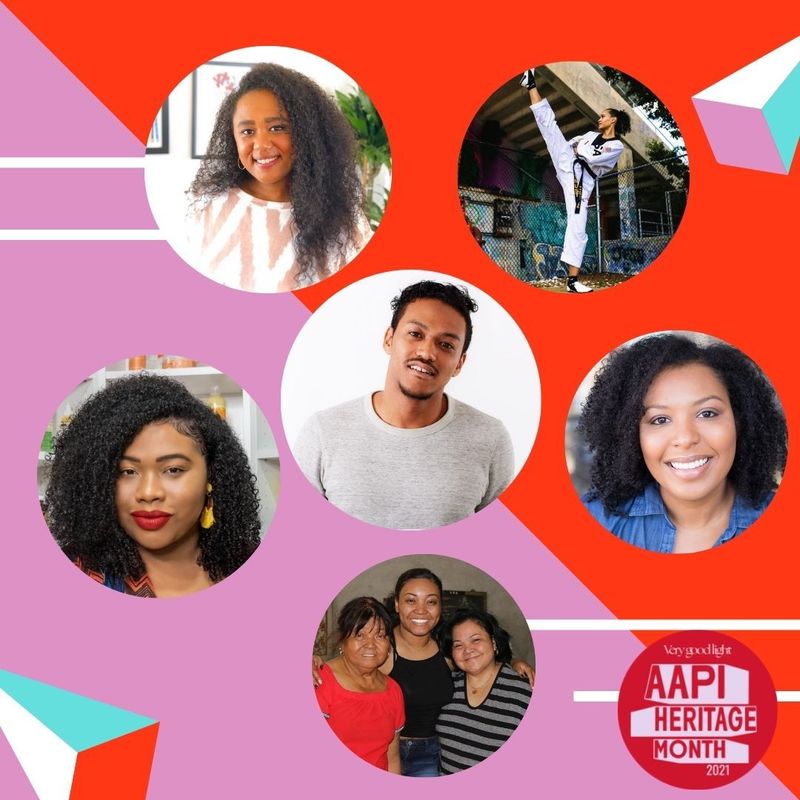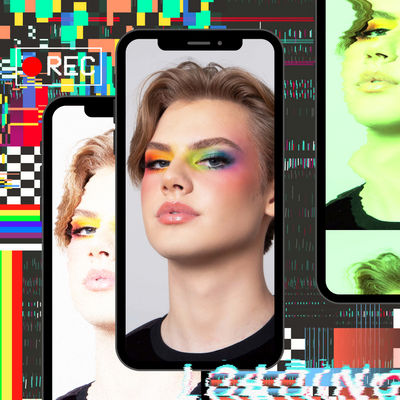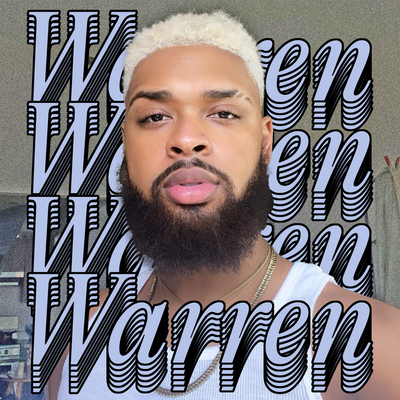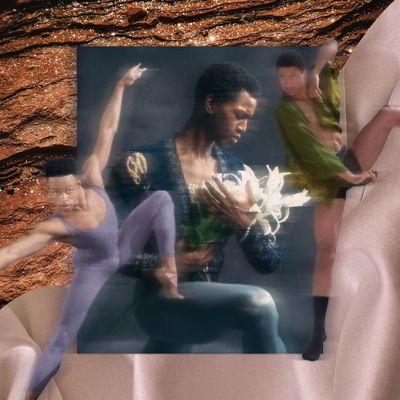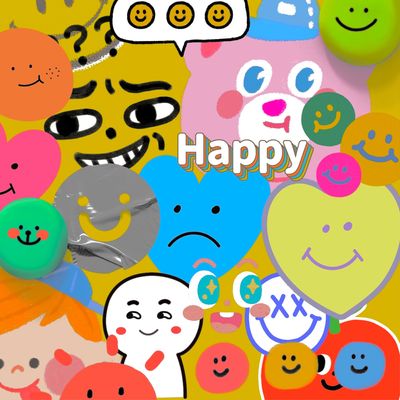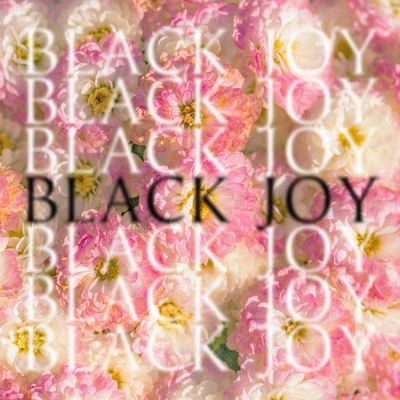Blasians are finally having their moment in the spotlight.
A decade ago, I’d be hard-pressed to name any celebrities who were both Black and Asian aside from fashion designer Kimora Lee. These days, my heart is full seeing so many of them share the spotlight, whether it’s Jhené Aiko promoting her newest single or Naomi Osaka winning her fourth Grand Slam. H.E.R.’s TikTok impersonation of her Filipina tita was both hilarious and relatable, and I felt it in my soul when Saweetie professed her love for adobo, halo-halo, and lumpia.
SEE ALSO: 7 Asian American performers reflect on representation in Hollywood
Very Good Light spoke with six Blasian Millennials and Gen Zers about their experiences growing up as biracial and how their Asian heritage has shaped their identities, careers, and passions.
Princess Garrett, 24, Community manager and filmmaker
Filipino and Black heritage
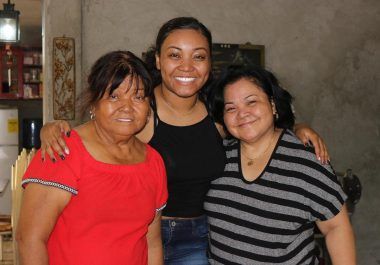
I always knew I was mixed, but what that really meant didn’t hit me until I reached middle school. I’d have conversations with friends who were like, “your hair is different, your mom looks different, what does Filipino mean and can you tell us more about it?” But I couldn’t explain to them because I didn’t grow up with Filipino culture. I grew up in a Black neighborhood in North Philly, and my brother and I went to predominantly Black schools.
I went to Villanova University; it was a lot more diverse than the school I had been going to before, and for the first time, there were other Filipinos. They would take me to restaurants and talk about their families and upbringings. That inspired me to do more research and ask my mom questions. My grandma at the time had a phone, and sometimes I’d FaceTime her and I became more in touch with getting to know both sides of me. [My mom and I] really bond over food, we’d serve food on banana leaves, invite family over and we all eat together with our hands.
Growing up biracial, I’m forced to see the world from different views and that allows me to connect with people. I want to help get women of color more visibility and more accurate representation in the media because I feel like there isn’t a lot of that, especially being Filipino. I don’t see a lot of us on television or in commercials, but I want to be a part of that change and help rewrite those narratives. You don’t have to be Asian to learn about who we are.
Akil Spooner, 31, Stylist
Chinese and Black heritage
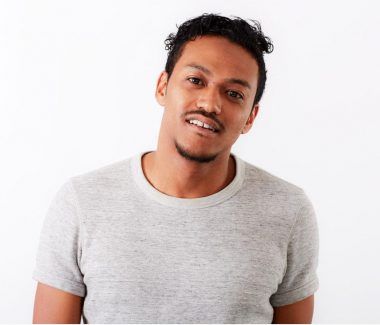
I’ve always known that my mom and dad looked different, so growing up it was just something that was very apparent. Because there was fallout on the Chinese side of my family, my mom had to give us an understanding of our heritage, and when my dad died, she taught us about our Black side too. There was always a constant reminder: “you are Black and Chinese.” It’s helped me ground myself a lot more in the traditions of my ancestors.
My mom introduced me to Chinese culture through New Year celebrations, she wanted to connect happiness to that side of our heritage. A lot of the traditions I still practice are mostly superstitions, like I don’t do things in fours because the number four sounds like the word “dead” in Chinese, and showing respect for elders. When we’d go out to dinner with my great-grandmother, my sister and I were the last to eat – that’s how you make sure you’re nurturing older generations and pay respect to your lineage.
I hold both of my ethnicities in equal respect to each other. Although sometimes people ask “Do you feel more Black or more Chinese?,” I don’t ever feel like I have to choose. With the recent attacks on Asian people, being Chinese has made me appreciate the way my mom has had to worry about me as a Black-appearing man in society. I worry about her in a completely different way and constantly – the very real aspect of physical attack is something I have the luxury of not worrying about.
Ashley Jordan, 30, Entrepreneur and ESL teacher
Filipino and Bajan heritage
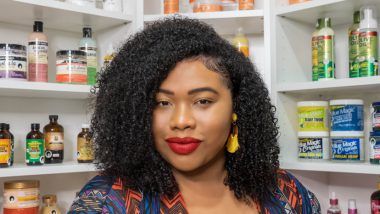
In the Philippines, people would say to me “kapag kulot salot,” which basically means “if you have curly hair, you’re doomed.” To a certain point, it had affected me but after I turned 14, I came to terms with who I am because of the strong sense of self my mom instilled in me. She would hang Black Jesus and Black angel figurines on the Christmas tree and give me Black dolls as if to say “it’s okay that I’m both Black and Asian.”
Most of my adulthood I’ve been in Asia, but when I’m back in America people continuously ask, “Which one do you feel that you’re more of, black or Asian?” I’m neither of those because I’m both. People often try to force biracial people to choose one identity, but my Filipino side has really come to help me understand my identity – I’ve never shied away from telling people I’m half Filipino and half Bajan.
Growing up Blasian contributed a lot to why I’m passionate about ESL education: I know the struggle of learning more than one language because I was exposed to three different dialects in the Philippines. It’s also inspired me to organize a hair festival and start a hair company to increase representation for Blasian and multiracial families in Asia. Hair is a part of heritage, and I use braiding styles from different cultures to teach people about their history.
Paige McPherson, 30, three-time Olympian for Team USA TaeKwonDo
Filipino and Black heritage
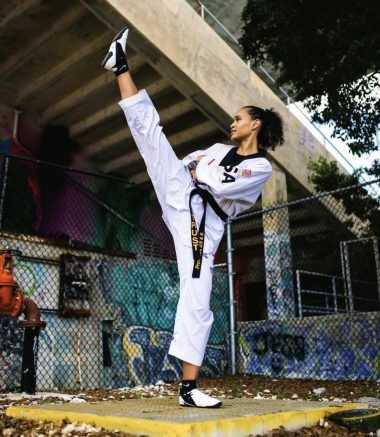
My birth mother is Filpino and my father is Black. I was adopted by my parents in Abilene, Texas and they brought me and my four other siblings to Sturgis, South Dakota. I never really had the opportunity to connect with both of my cultures – during that time, we were the only ethnic family in that part of the state.
I started TaeKwonDo because my parents put my older brother, who’s from Korea, into it so that he could learn about his culture. Since there wasn’t any Filipino or Black culture in Sturgis, TaeKownDo was a way to connect with my Asian roots. Although I don’t practice any traditions specific to my Filipino background, food is a way for me to identify and learn about my culture.
I’ve never associated ethnicity with my success; I’ve always tried to be the best version of Paige. I’ve had experiences where I tried to get to know my Black side and people didn’t accept me because I was biracial, then I’d go to the Asian side and I’m too dark. So I’ve always learned to adapt to not being in one box – it comes down to my values and my character. That’s taught me not to care what other people think and stay loyal to the ones that truly believe and trust in me.
The beautiful thing about the Olympics is when you look into athletes’ stories, there is no specific type of person who made it – you see diverse backgrounds. I hope I can encourage others who are Filpino and African American that they can do it. Identity shouldn’t just be based off of a box to check off because you’re more than that.
Stephanie Chrispin, 31
Chinese, Filipino, and Haitian heritage
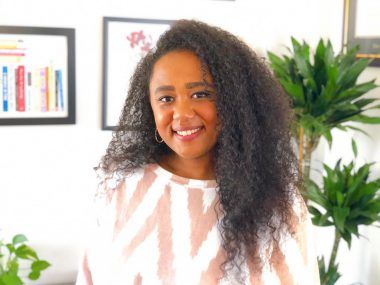
Both my parents were immigrants: my mom is a Filipino nurse from Manila, and my dad is a physician from Haiti who immigrated to New York City in the 1970s. I was initially introduced to Filipino culture as a child. My mom would sing me “Bahay Kubo” (a Tagalog nursery rhyme), showed me pictures of all my titas in the Philippines, and we had TFC [The Filipino Channel] at home.
At the end of the day, people are going to read me as Black first, so I never want to distance myself from my Blackness. I am both Filipino and Haitian, and to reduce me to one or the other does a disservice to my experience as someone who is both/and. Filipinos are raised with a “colonial mentality,” so it’s very hard to unlearn things like anti-Blackness.
Learning about my history, I really had to do all of that on my own. A lot of the work of maintaining culture is oral history, so I plan to pass on my heritage to my kids through learning about legends and telling them about where grandma is from – nothing shifts hearts and minds better than good storytelling.
Mieko Gavia, 32, actress/writer
Black, Japanese, and Mexican heritage
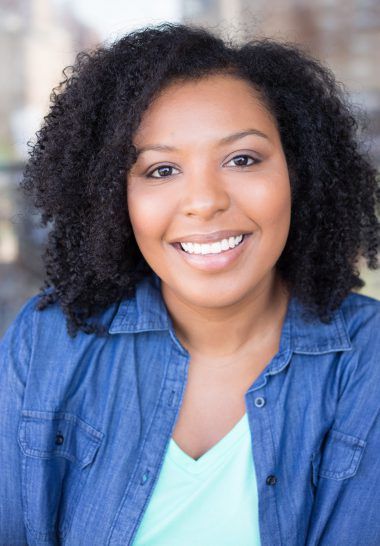
My parents (mom is Black and Japanese, dad is Black and Mexican) were very proud to be multiracial and would give us books from various cultures. My sister and I would use chopsticks to snack on rice and nori, and our mom would tell us about our grandmother and what life was like with her.
I take a lot of pride in being Asian and in being Okinawan. Latin American traditions have influenced my work, and I’m writing a novel right now that’s inspired by Okinawa while trying to reclaim more of my culture. In writing, I’m freer to be myself. In acting, it’s difficult because I don’t look Asian. As much as I want to play an Asian character on stage, I understand that people aren’t going to see me that way.
I hope to take my children to Okinawa someday to see where their great-grandmother grew up. My legacy is going to be my writing; I want to write mixed characters so kids of my ethnic background can see themselves portrayed and let them know that we exist, we’re not alone. We have our own stories to tell and a unique perspective on the world.

